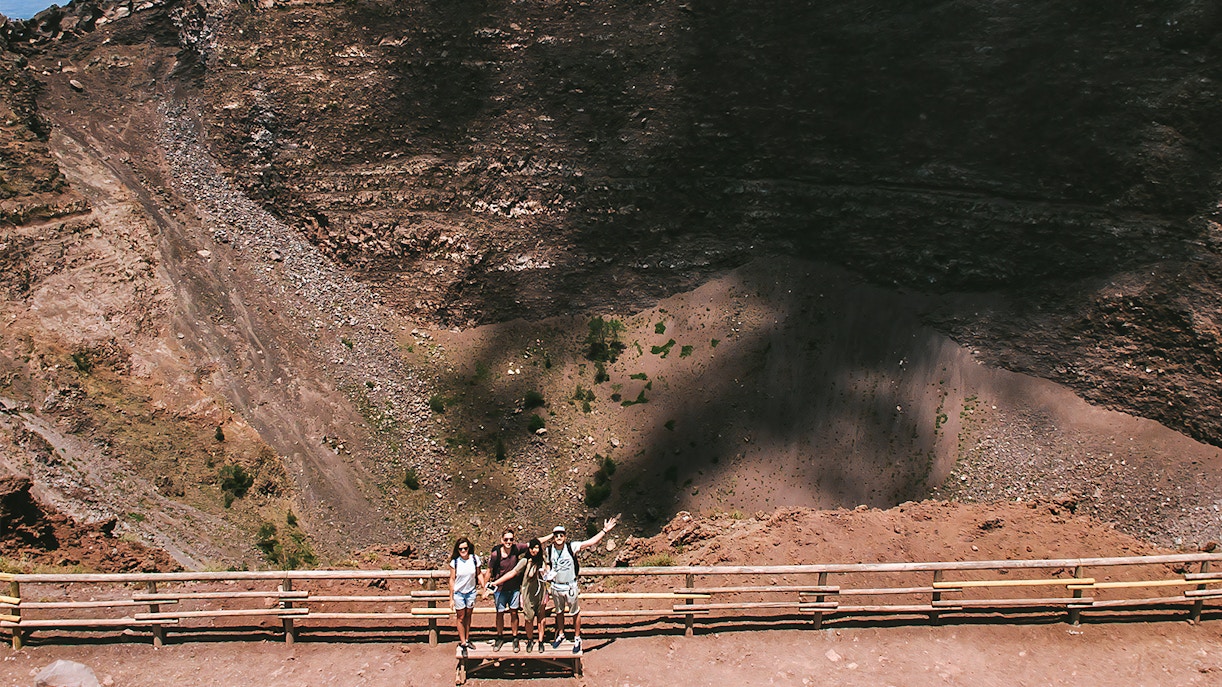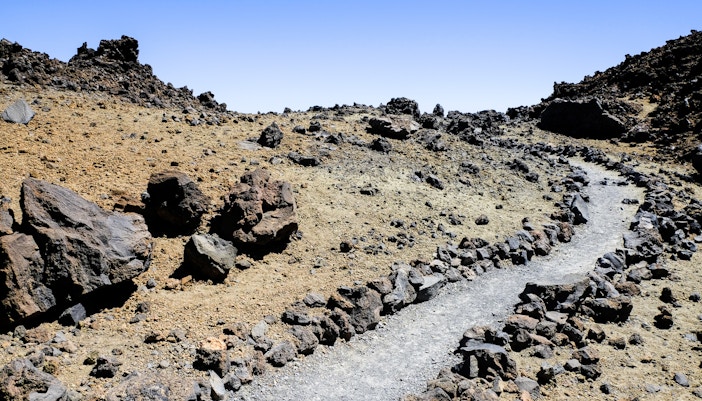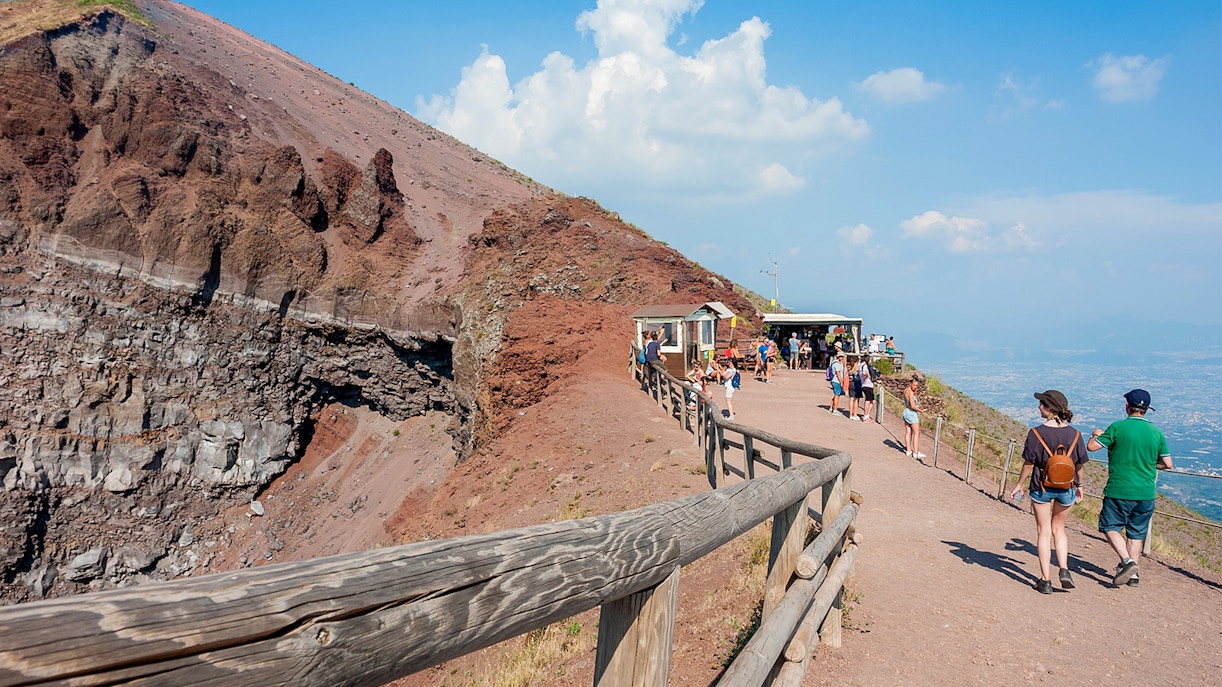Hiking at Vesuvius offers a variety of challenging and scenic trails. On the Valley of Hell trail, you'll traverse sharp turns and lush forests of pine, chestnut, and oak trees. The Along the Cognoli route takes you past broom-filled valleys and Vesuvius' unique lava formations, adorned with ferns. The Mt. Somma trail rewards hikers with views of the Gulf of Naples and vibrant red lilies in spring. For a less demanding hike, the Great Cono trail provides panoramic views of Mount Somma's ridges, while the River of Lava route showcases a mix of oak, chestnut, and hazelnut trees, ending at a historic rainwater well.
The trails like the Valley of Hell, Along the Cognoli, and Mt. Somma are rated as difficult. However, there are some easier options, such as the Great Cono trail and the River of Lava route, which are shorter and have lower difficulty levels, making them more accessible for casual hikers or those looking for a less strenuous experience.










